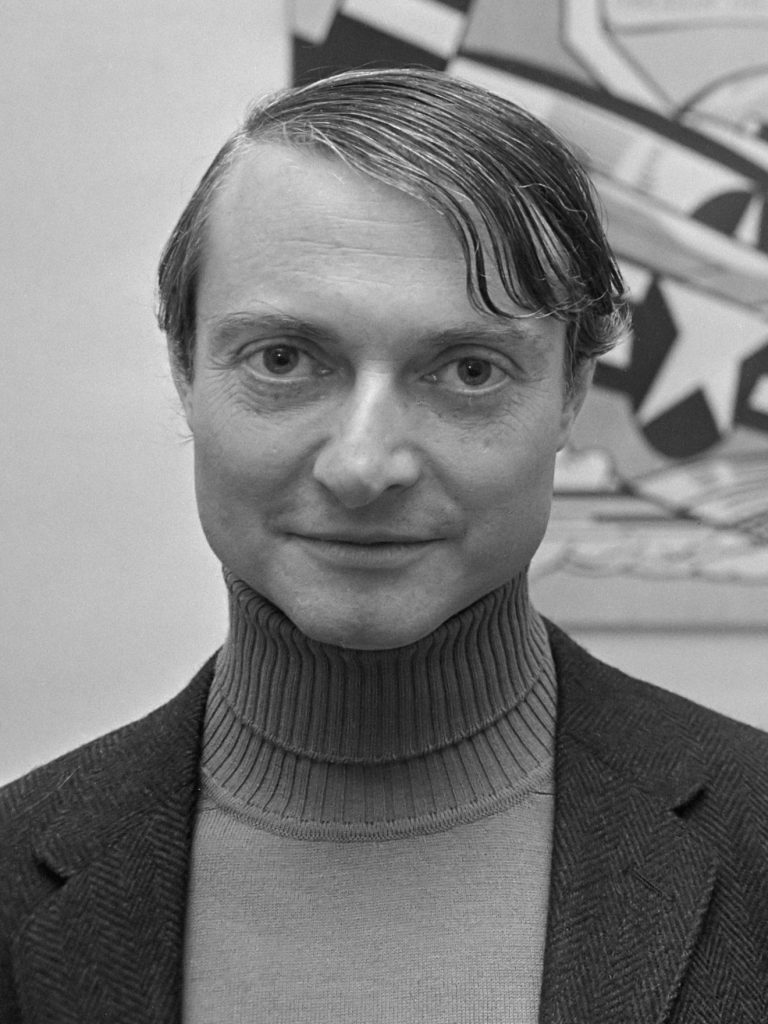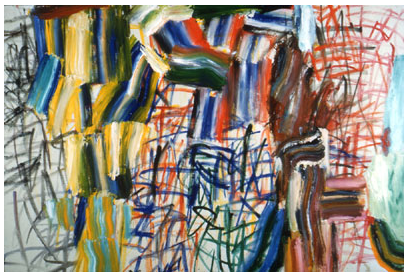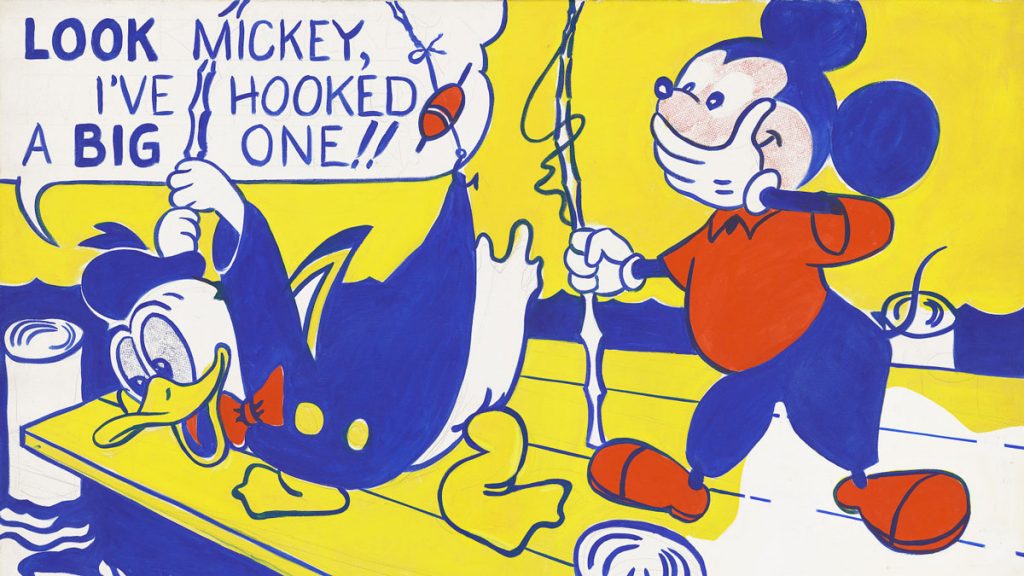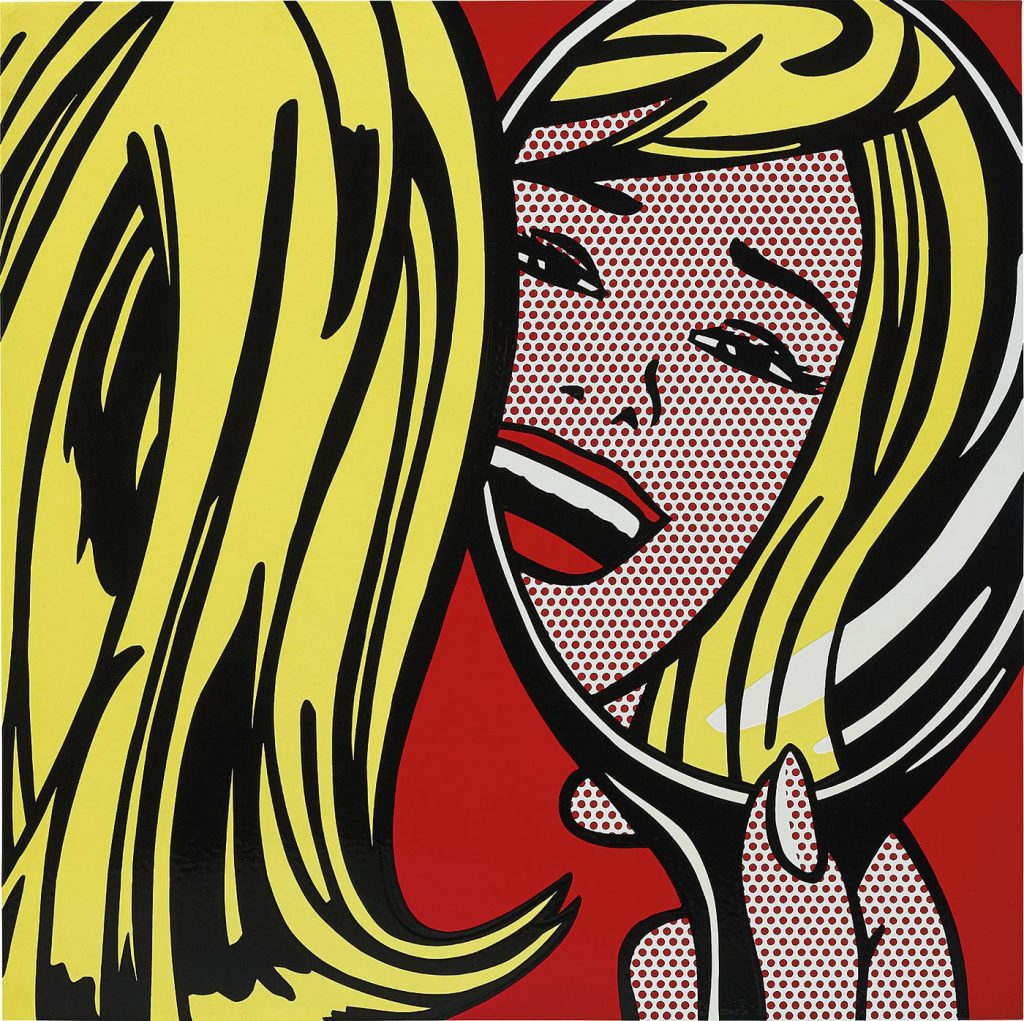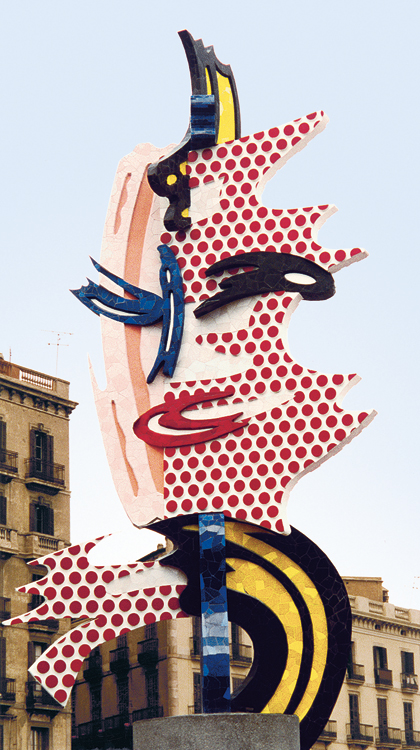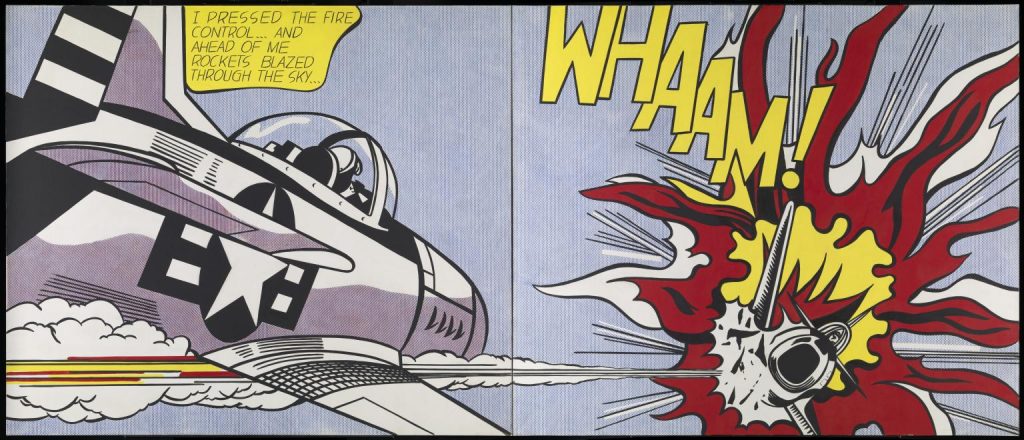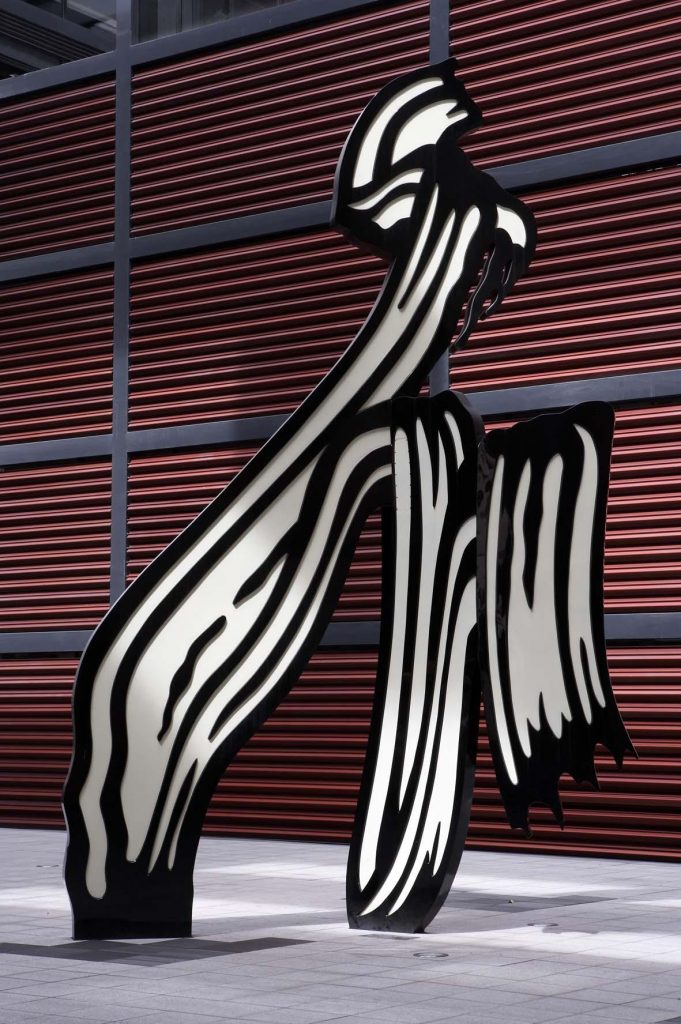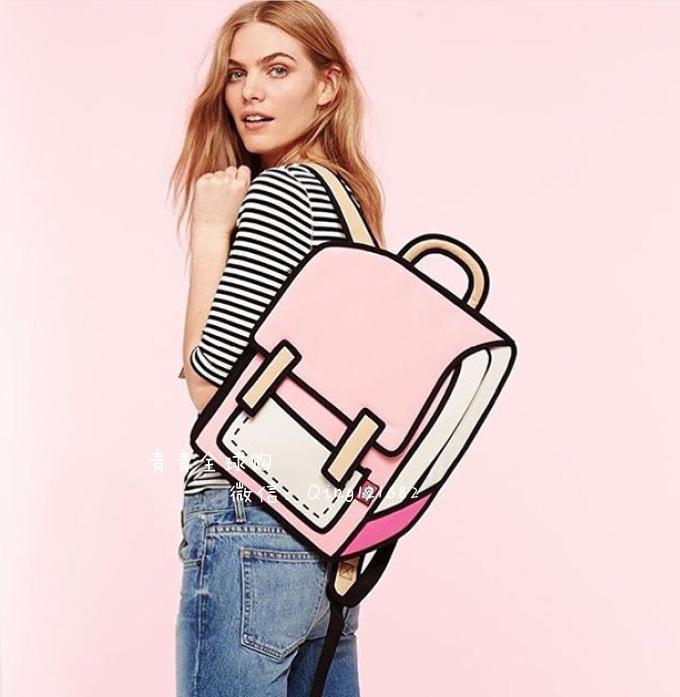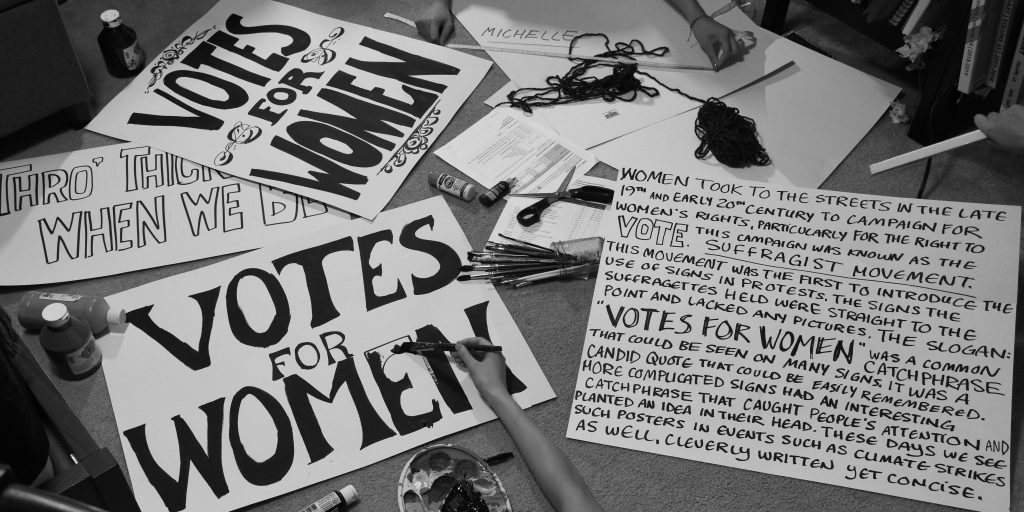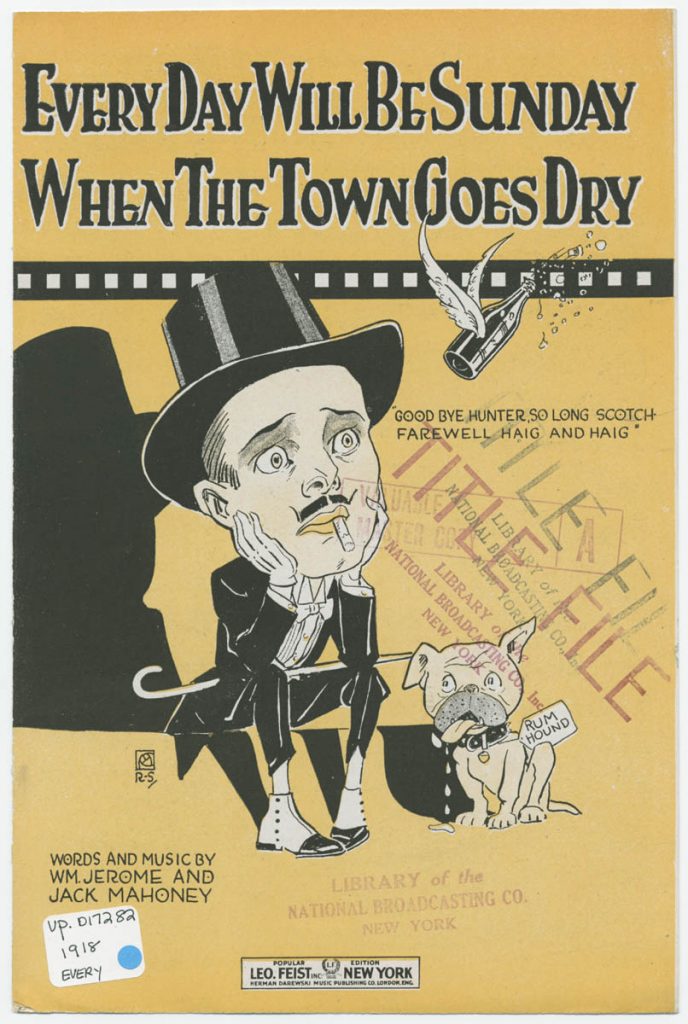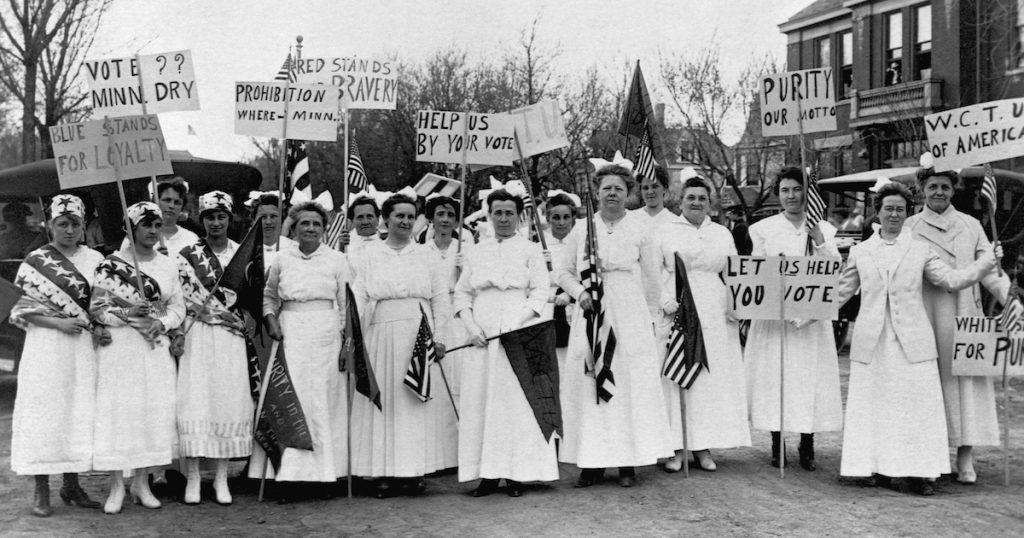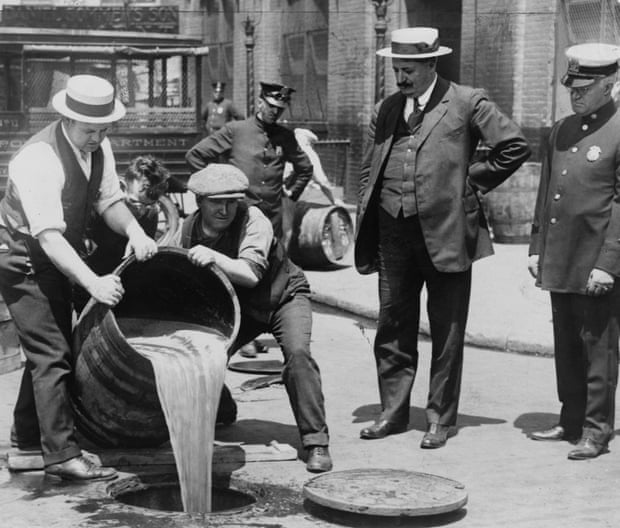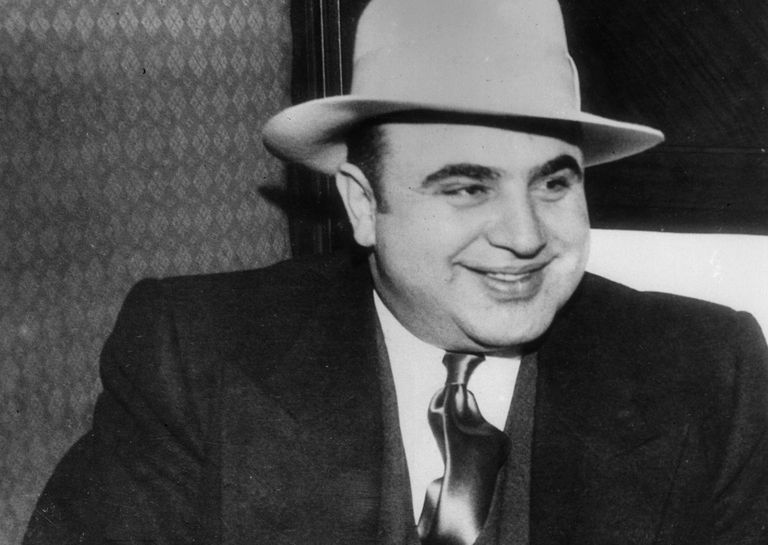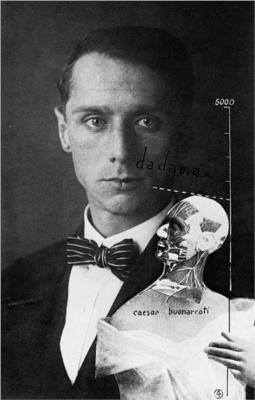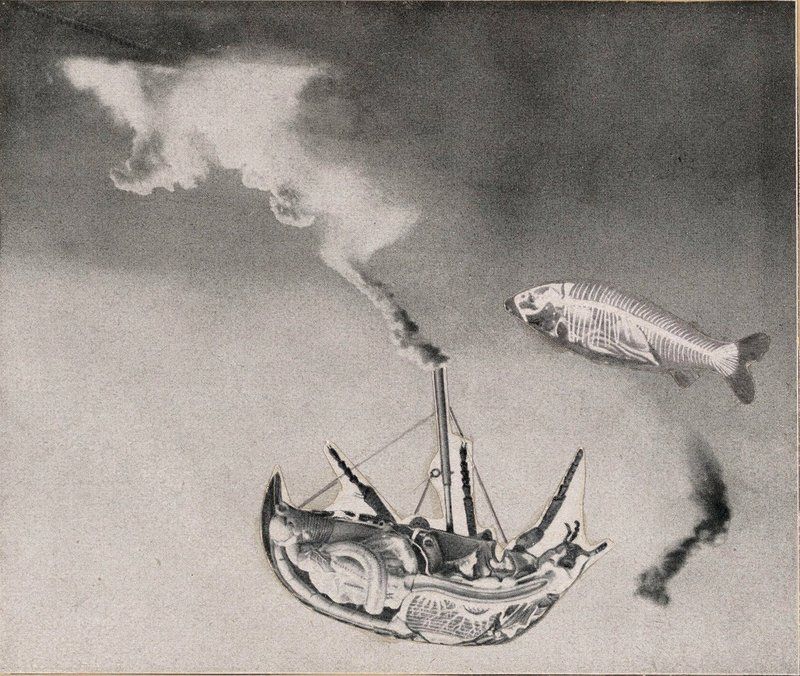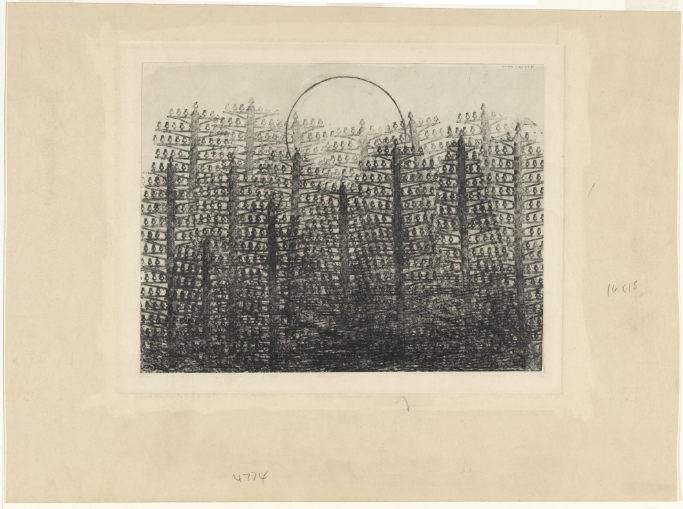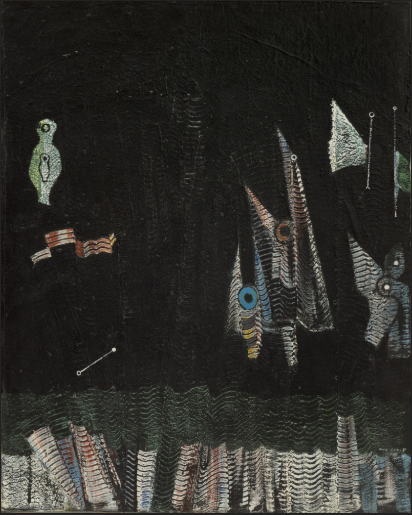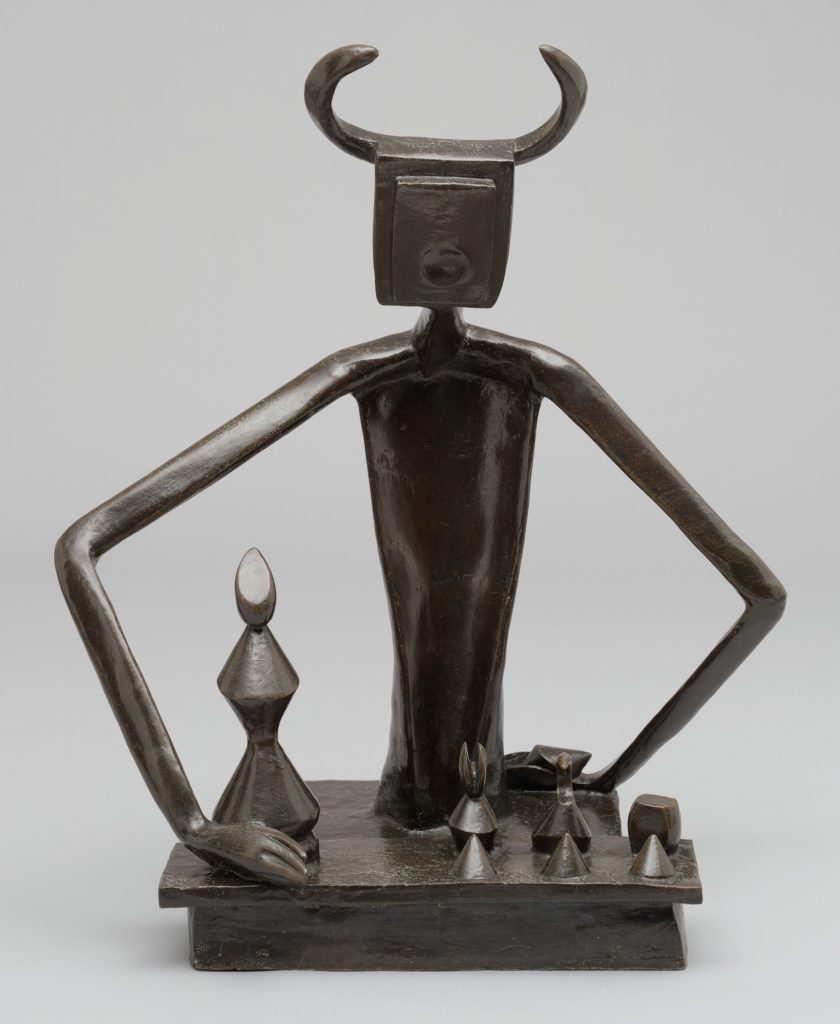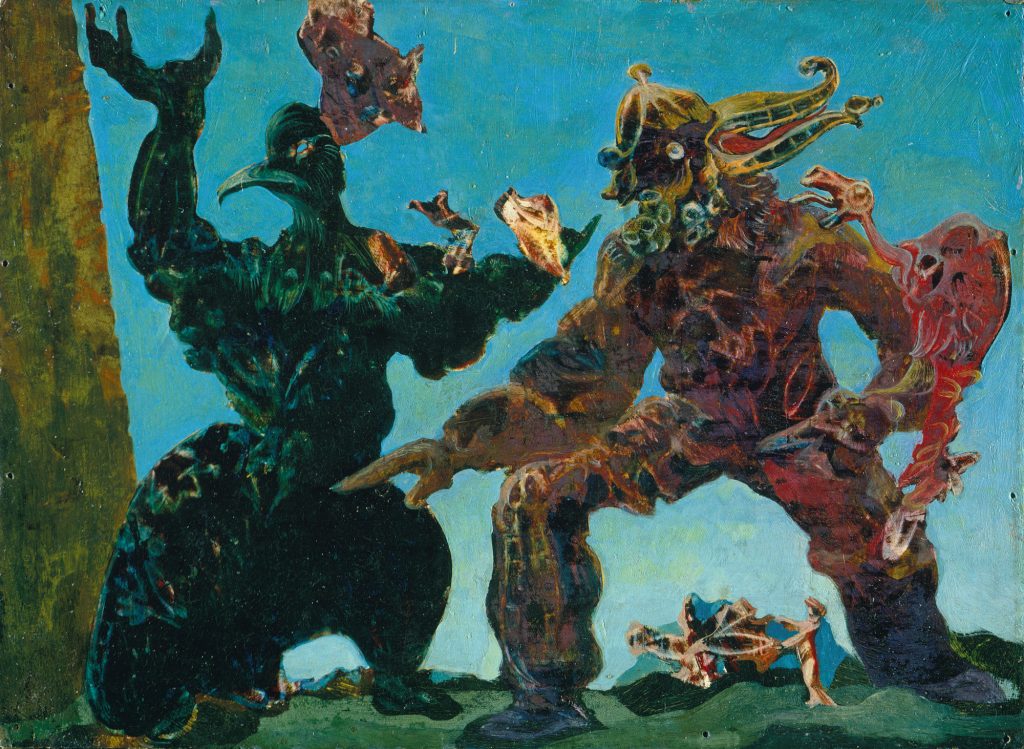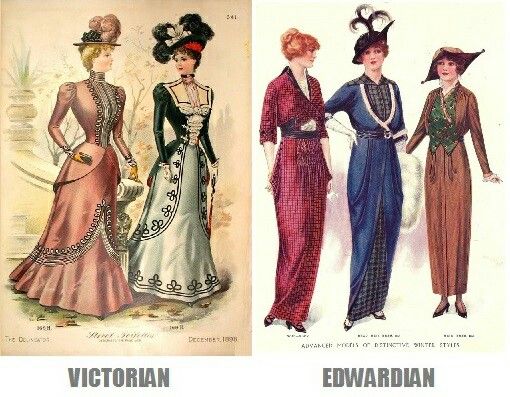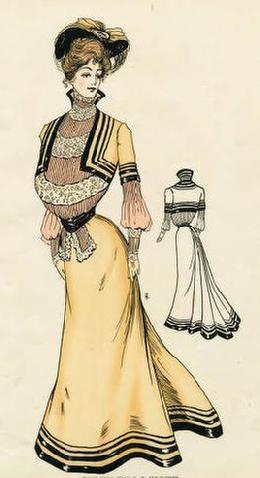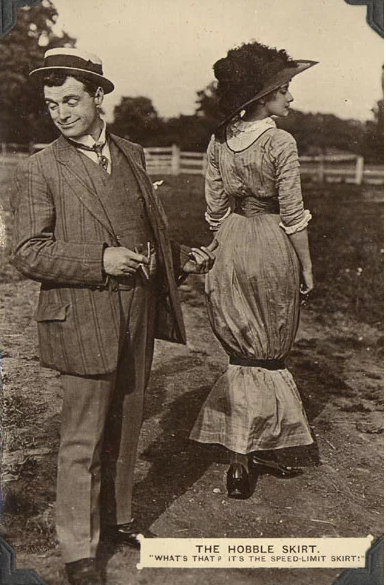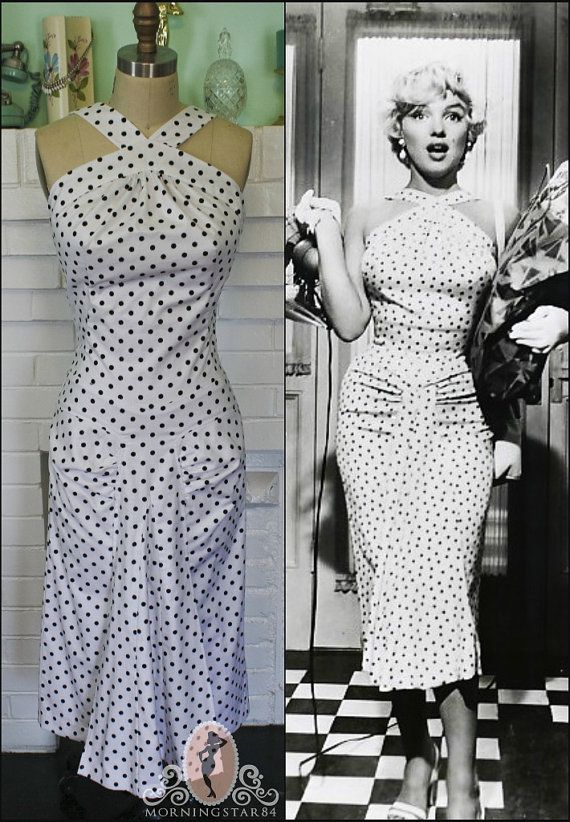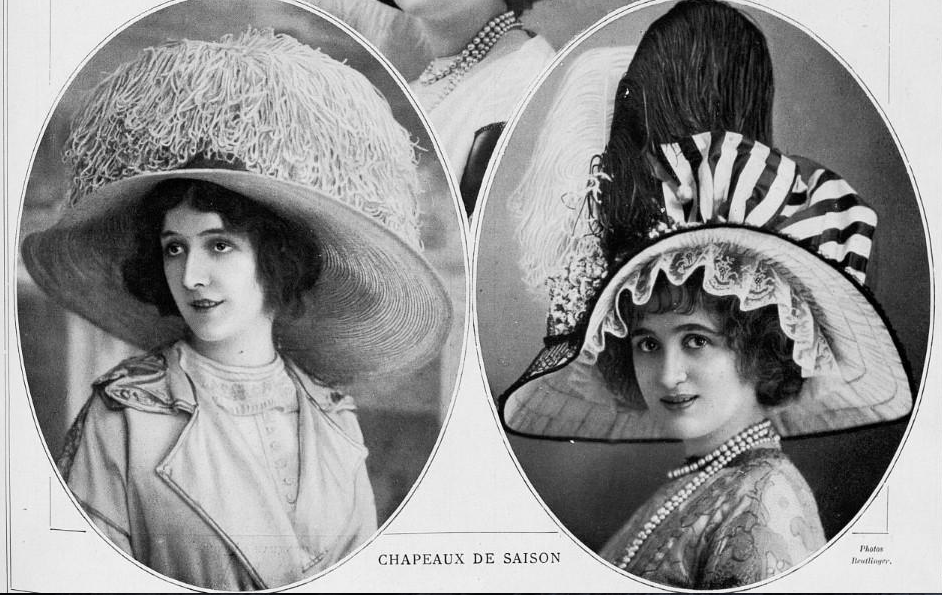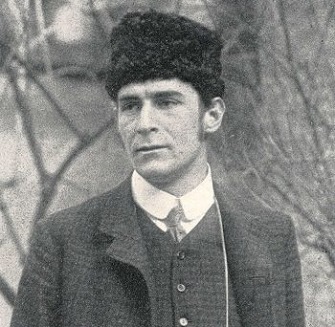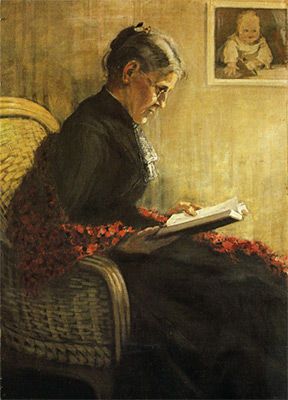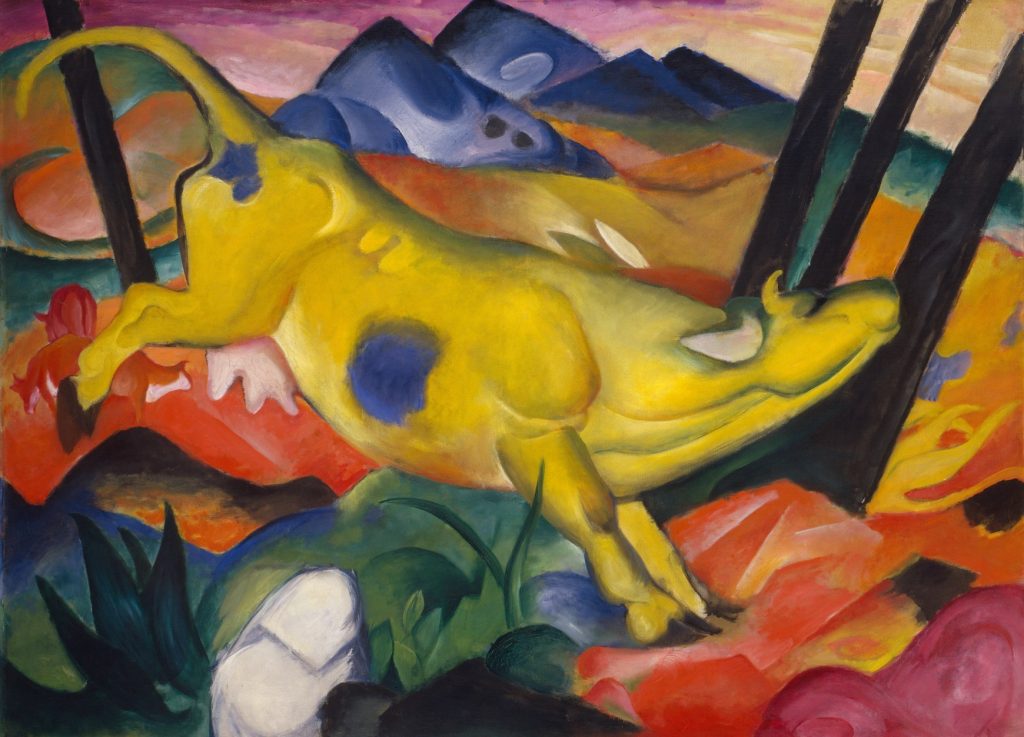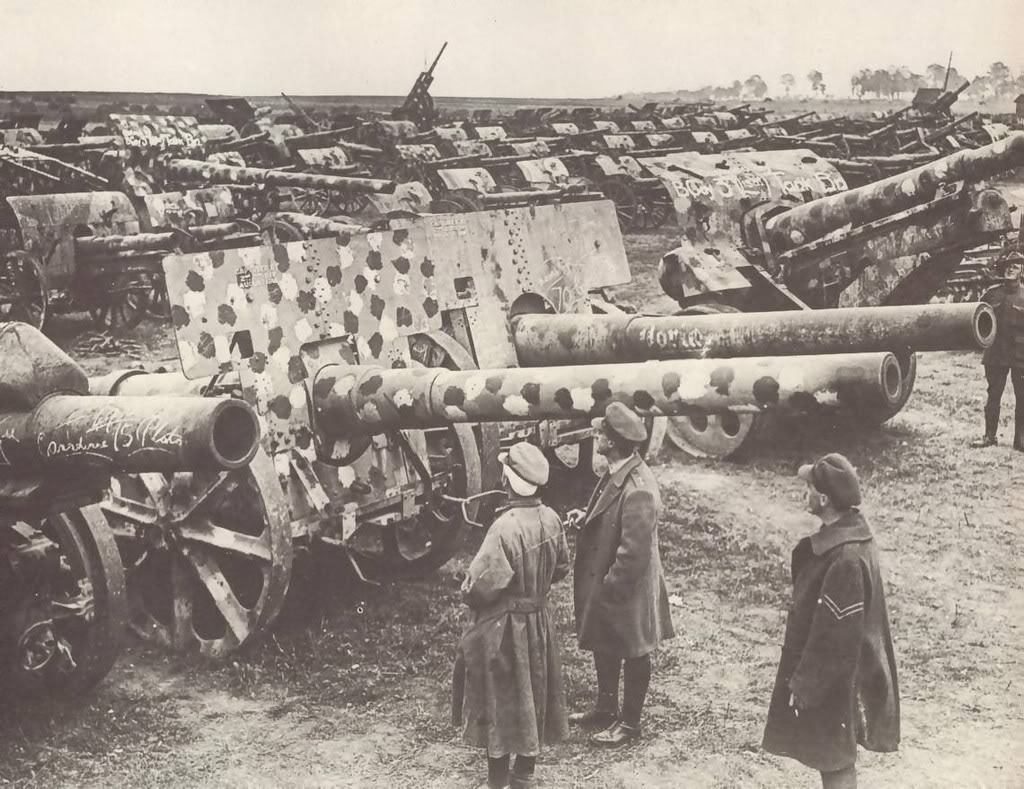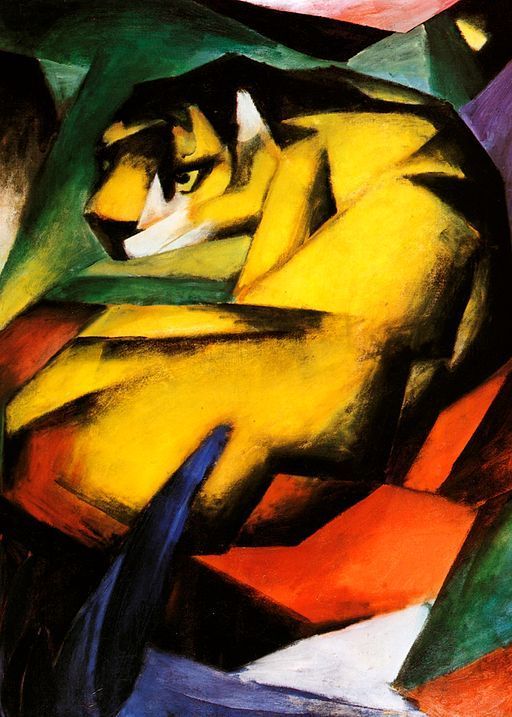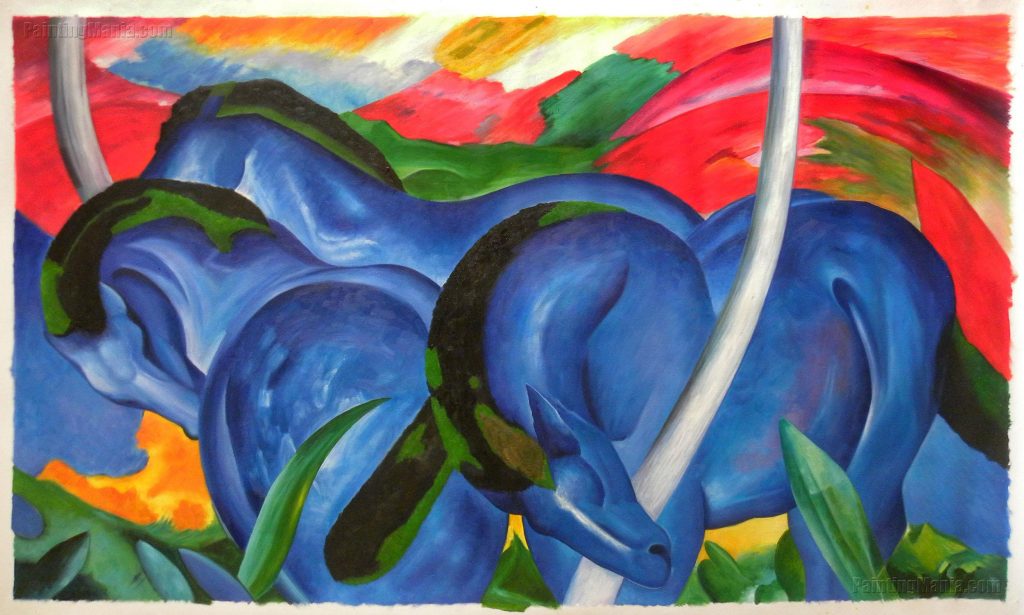One of the most important painters of the 20th century (and one of my favourite artists of all time), David Hockney (1937-present) has made his name painting swimming pools and creating photo collages.
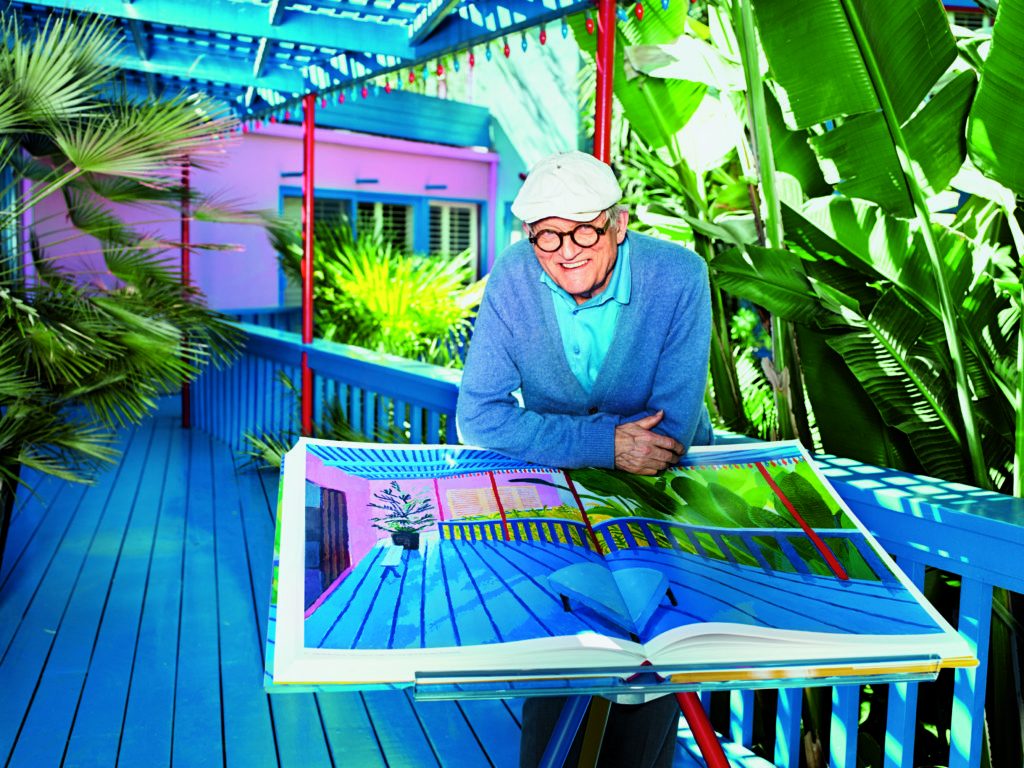
Born in England, he attended the Royal College of Art in London. Here, he featured in an exhibition that promoted British Pop art, where he was associated with the movement, although his earlier works had expressionist elements.
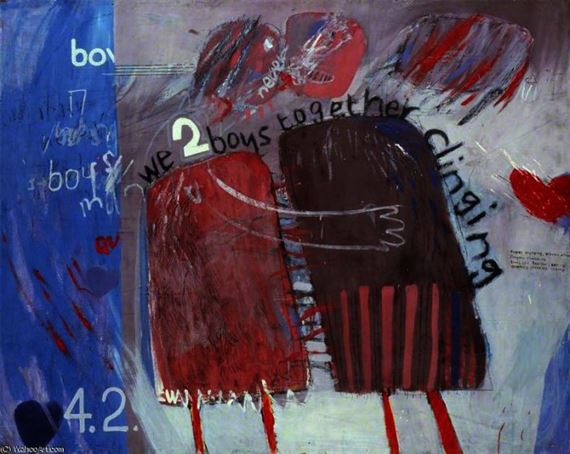
–
Created in 1961, this painting acknowledged his homosexuality, despite the fact that homosexuality had not been decriminalized in England until 1967.
He moved to Los Angeles in 1964 where he painted swimming pools, palm trees, and sunshine using bright colours, which showed the beautiful weather in California. Hockney also painted portraits of the people he cherished in pairs.
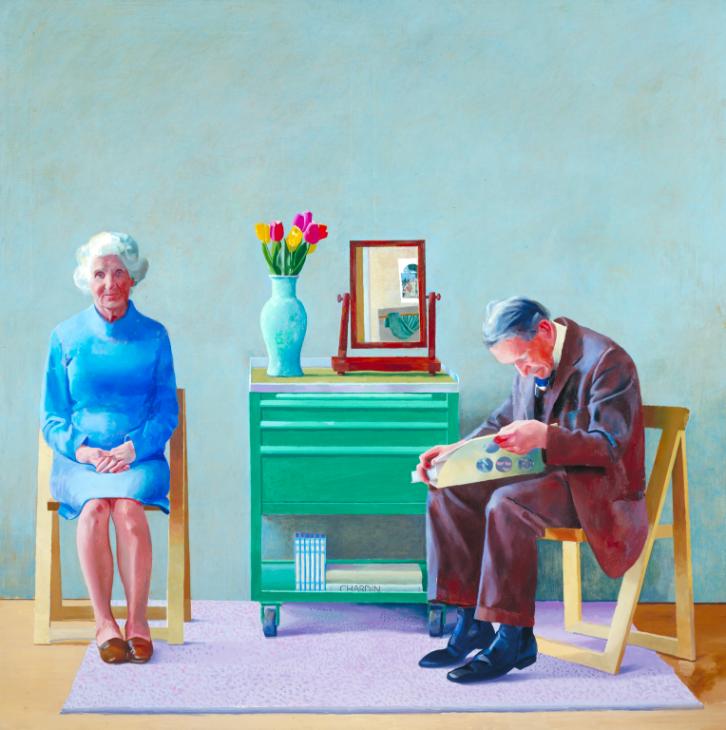
–
In these paintings, he wanted to depict the feelings of love he felt toward the subjects in these paintings.
Although he had always been fascinated with photography it was only until the 80’s where he began working in that medium.
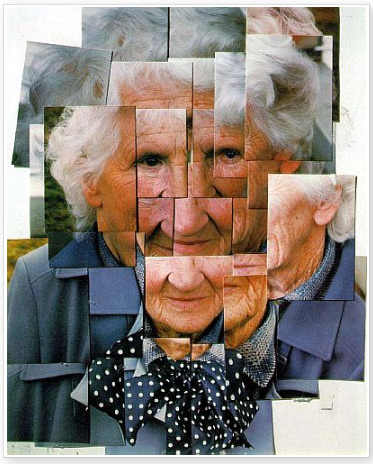
–
Dubbed as “joiners” by Hockney, several photographs of the same subject were taken at different angles, where he would join them together to create a single composite image.
In 2018, Hockney’s painting, Portrait of an Artist (Pool with Two Figures) had been sold for $90 million, which was the most expensive work by a living artist sold at auction until 2019.
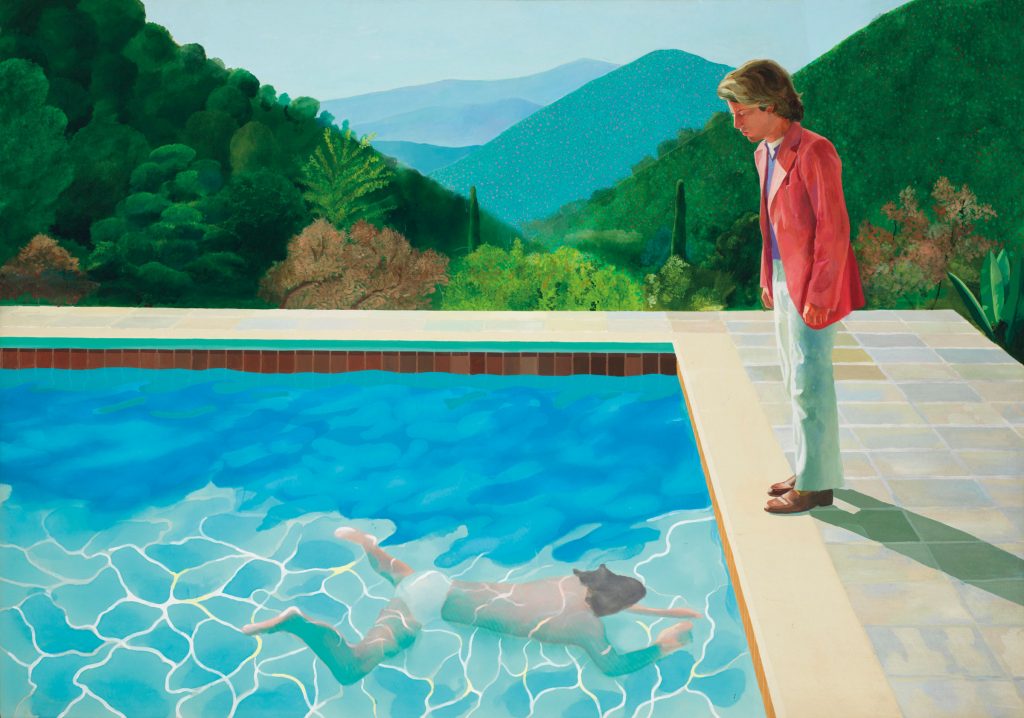
Sources:
www.biography.com/artist/david-hockney
www.artsy.net/artist/david-hockney
www.architecturaldigest.com/story/david-hockney-studio-visit

